At the Metropolitan Museum of Art, prime real estate has long been given over to European paintings. From the Great Hall, visitors are beckoned up the monumental staircase by the grand Tiepolo gallery, which leads on to 44 further galleries devoted to the museum’s stellar collection of Old Masters. These holdings, which number more than 700 works spanning the years 1250–1800, have now been partially and provisionally reinstalled, an undertaking necessitated by an epic housekeeping project: the replacement, in stages, of 30,000 square feet of antiquated skylights. The new installation marks the midway point of this four-year construction project (scheduled for completion in 2022), a milestone that has occasioned not only a condensed rehanging of a substantial part of the collection in just under half the usual number of galleries, but also a rethinking of how the paintings are displayed – and what stories they tell.
Spatial constraints have partially been mitigated by the relocation of paintings by Rembrandt, Vermeer and other 17th-century Dutch masters, as well as works by El Greco, to the Lehman Wing for the duration of the skylight project; the challenge facing the team of curators, led by department chair Keith Christiansen, was what to do with everything else. In response they have devised a series of intersecting paths: the hang is broadly chronological, with some galleries devoted to specific regions and schools, as in the past, but there are also intermittent explorations of subjects across cartographic boundaries. The Met’s staggering collection of oil sketches by Giambattista Tiepolo, complemented in recent years with examples by the Gandolfi among others, fills a gallery next to the entrance to near overflowing. Head north, and the narrative continues seamlessly to 18th-century Venice and Rome – Venetian vedute predominate in this room – concluding at the end of the enfilade with Goya; turn west instead, and the presentation of bozzetti moves back into the 16th and 17th centuries, with works by Tintoretto, Rubens, Van Dyck, Carlo Maratti and Murillo, each related to a larger composition if not all executed in a loose and sketchy style, exhibited together. Pivot from there into an adjoining grand gallery, and the sweeping story of southern baroque painting unfolds. This is the territory of Caravaggio, the Carracci, Guercino, and Guido Reni, but also of Velázquez, Zurbarán, and Ribera; unlike in prior installations, Spain is not a hermetic artistic region, but part of a pan-European narrative (an integration not accorded to British painting, which occupies a dedicated gallery).
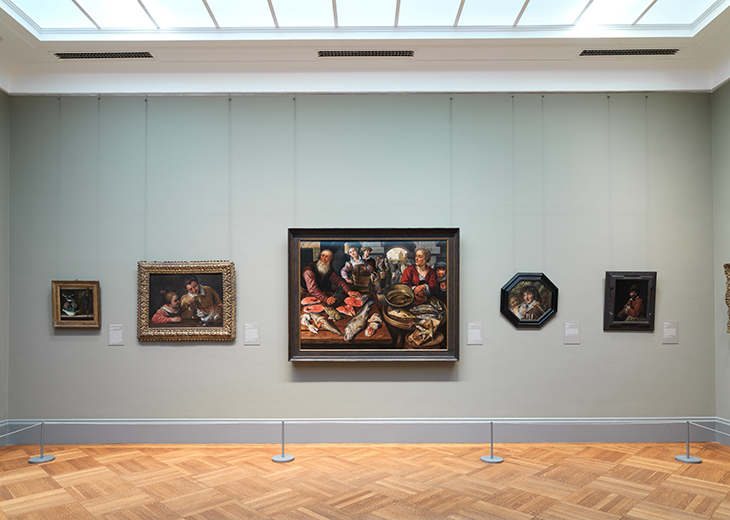
Installation view of Gallery 627, dedicated to still lifes, with Joachim Beuckelaer’s Fish Market (centre). Photo: Anna-Marie Kellen; courtesy the Metropolitan Museum of Art, New York
One absorbing, if eclectic, thematic plunge is a gallery devoted to still life (northern, French, Italian), considered as both a component of genre painting (in Joachim Beuckelaer’s Fish Market) and as an autonomous category. While still-life painting has never been a collecting priority for the Met, this concentrated installation calls attention to an unsung depth. Highlights here include newly acquired floral still lifes by female artists: the Flemish painter Clara Peeters and the little-known Orsola Maddalena Caccia, a nun who ran a cloistered painting academy that sold such compositions to support the religious community. Women also shine in one of the 18th-century French galleries, where a striking assemblage of portraits by Élisabeth Vigée Le Brun, Adélaïde Labille-Guiard, and Marie Victoire Lemoine, familiar from pre-skylight project days, has been bolstered by the addition of Vigée Le Brun’s charming portrait of her daughter gazing into a mirror. The work was a bequest of Jayne Wrightsman, whose generosity over decades underpins the museum’s strong collection of French neoclassical portraits by the likes of David, Prud’hon, Gérard and Gros.
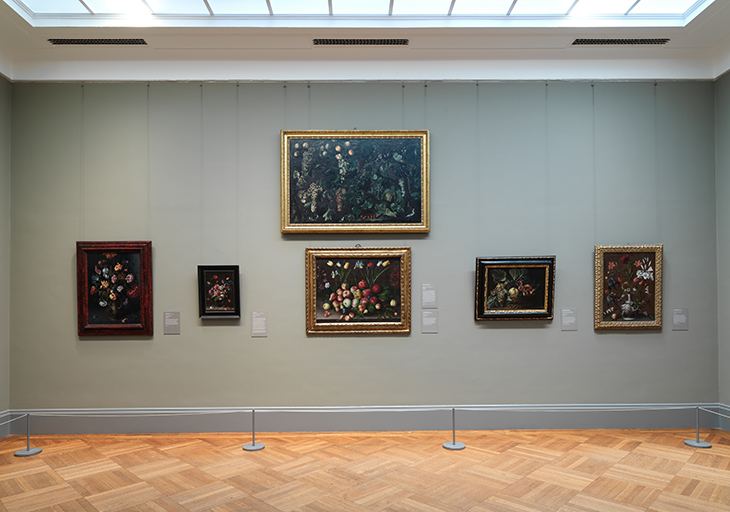
Installation view of Gallery 627, dedicated to still lifes, with works by Clara Peeters and Orsola Maddalena Caccia. Photo: Anna-Marie Kellen; courtesy the Metropolitan Museum of Art, New York
In fact, portraits are among the great strengths of the collection, a point made to stunning effect in a gallery displaying celebrated examples by Rubens, Van Dyck, Velázquez, Andrea Sacchi, Nicolas de Largillière, and Charles Le Brun, whose Portrait of Everhard Jabach and His Family – a key acquisition of recent years – offers an engrossing vision of a celebrated collector of European art during his lifetime. These are interspersed with more intimate painted portraits and three busts, including Finelli’s marble Scipione Borghese – a ‘speaking likeness’ indebted to Bernini, and here a participant in one of many dialogues between painting and sculpture that the new installation sets up.
While the display of 14th- and 15th-century Italian gold ground paintings reverts to the organising principle of geography and chronology, two nearby galleries devoted to early Renaissance portraits and devotional images include both northern European and Italian examples. Here and elsewhere, transnational or geographic juxtapositions expose influences and reciprocal exchange not previously explored in these galleries. Again portraits are foregrounded, now in a narrative familiar from survey courses on Renaissance art: that descriptive verisimilitude, facilitated by a mastery of oil paint, was the province of 15th-century Flemish painters long before it reached Italy, where frozen profiles reminiscent of medals were the prevailing standard until – northern influences absorbed – sitters turned to engage the viewer. Displayed together, Hans Memling’s portraits of Tommaso Portinari and Maria Baroncelli and Filippo Lippi’s double portrait of woman and man at a casement offer a perfect textbook comparison, as does the pairing of devotional images by Dürer and Giovanni Bellini.
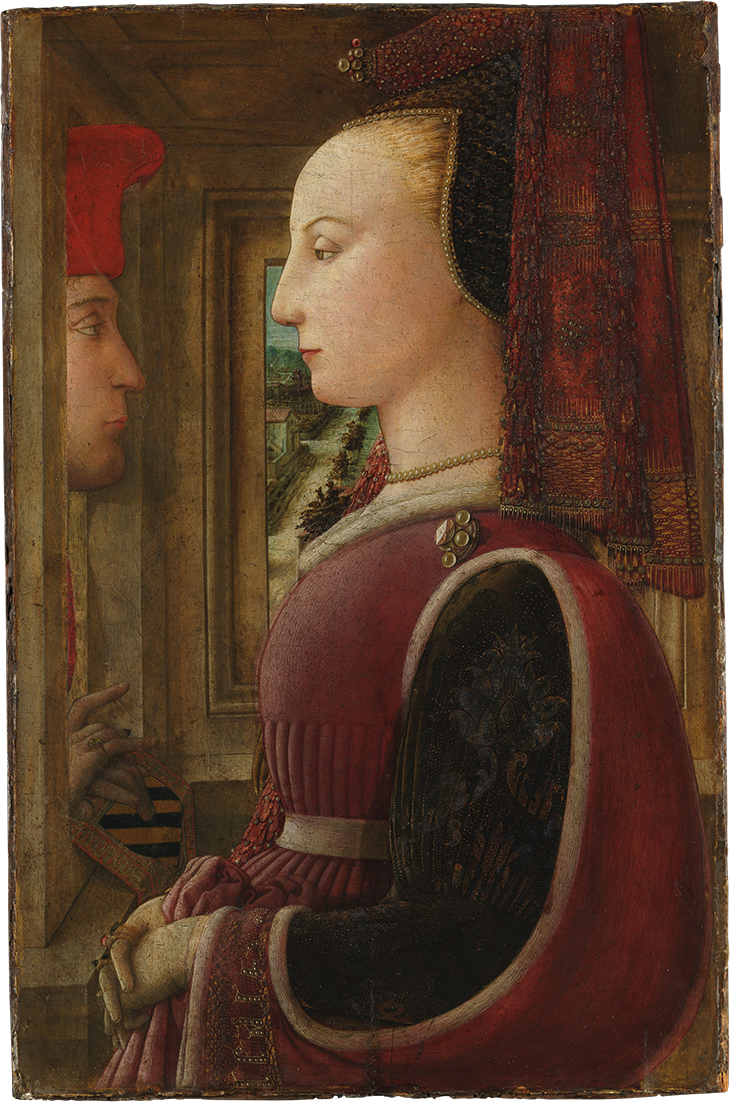
Portrait of a Woman with a Man at a Casement (c. 1440), Fra Lippo Lippi. Metropolitan Museum of Art, New York
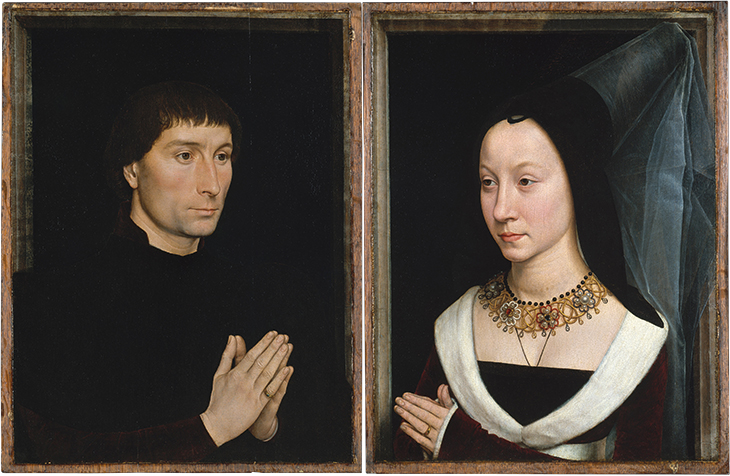
Tommaso di Folco Portinari (1428–1501); Maria Portinari (Maria Maddalena Baroncelli, born 1456) (c. 1470), Hans Memling. Metropolitan Museum of Art, New York
There is novelty here, then, for the Met: in the enriching incorporation of works in other media in galleries otherwise dedicated to painting (a few sculptures were tepidly introduced when the collection was last rehung in 2013, but the current installation includes sculpture, medals, ceramics, porcelain and snuff boxes); and in the dialogues between work of art of different media, periods or schools. Also new, and necessary, is the Met’s embrace of an imperative facing all stewards of history: to tell the full story behind texts or objects whose authors, patrons, subject matter or cultural moment bear witness to the egregious and indefensible practices of the past. Thus we learn, from the text accompanying Filippino Lippi’s beautiful Madonna and Child, that its commissioner, the wealthy Florentine banker Filippo Strozzi, owned slaves: the tiny Black figures in the background of the painting. So did Velázquez, who – in another of the Met’s great portraits – painted his enslaved assistant, Juan de Pareja, prior to the latter’s manumission. The didactic texts in these galleries are a prompt to look closely, to recognise neglected histories.
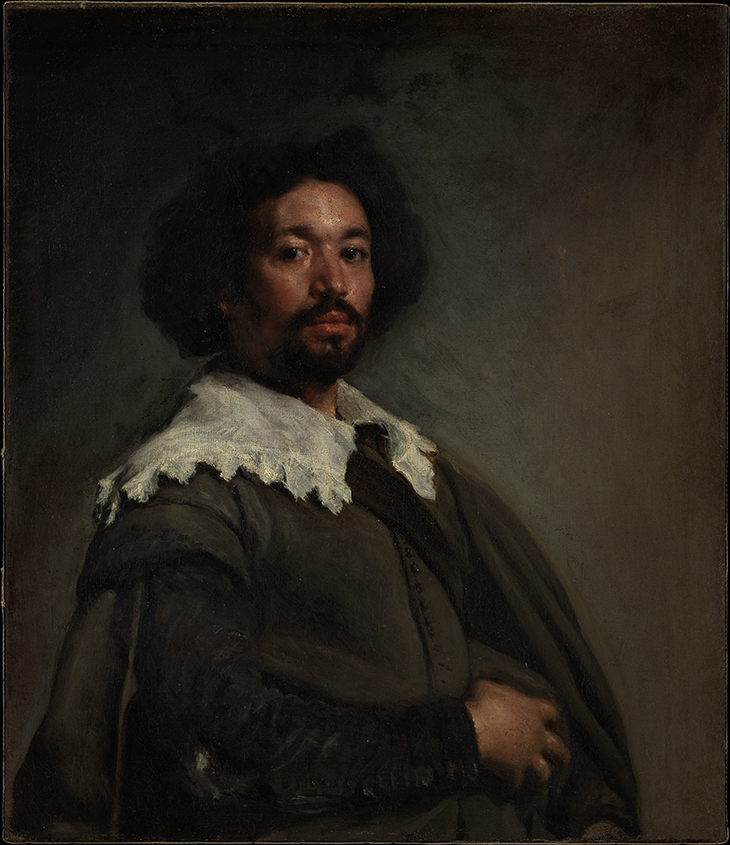
Juan de Pareja (1606–1670) (1650), Diego Rodríguez de Silva y Velázquez. Metropolitan Museum of Art, New York
What connects this entire enterprise, perhaps, is illumination. The light in the galleries, controlled by the new system of skylights, changes with the seasons and the times of day, allowing the paintings to be seen afresh in subtly varied conditions. The display asks us to look at the works differently, too – in a more nuanced way, and with a new clarity.
‘A New Look at Old Masters’ opened at the Metropolitan Museum of Art, New York, in December 2020.
From the March 2021 issue of Apollo. Preview and subscribe here.
Unlimited access from just $16 every 3 months
Subscribe to get unlimited and exclusive access to the top art stories, interviews and exhibition reviews.

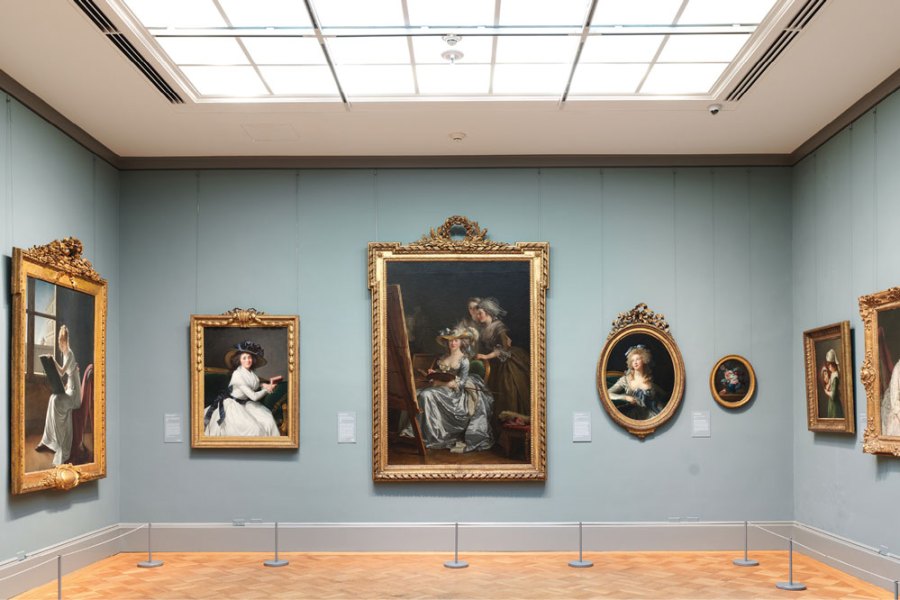
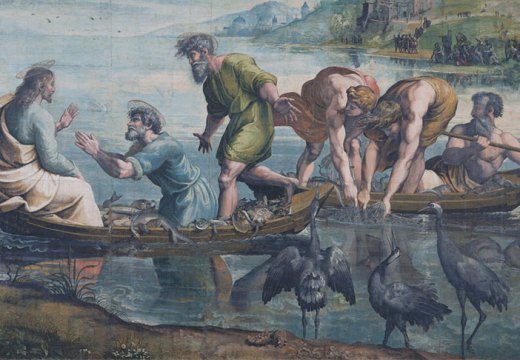
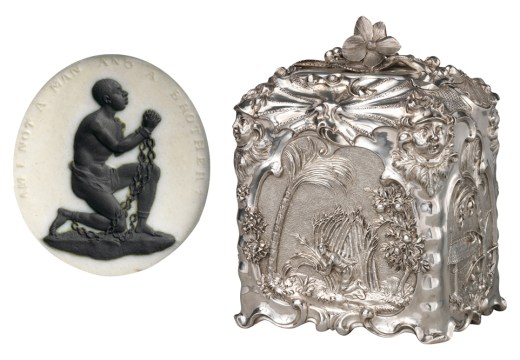
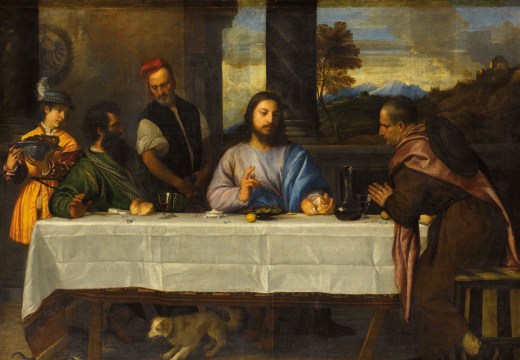









![Masterpiece [Re]discovery 2022. Photo: Ben Fisher Photography, courtesy of Masterpiece London](http://www.apollo-magazine.com/wp-content/uploads/2022/07/MPL2022_4263.jpg)
It’s time for the government of London to return to its rightful home